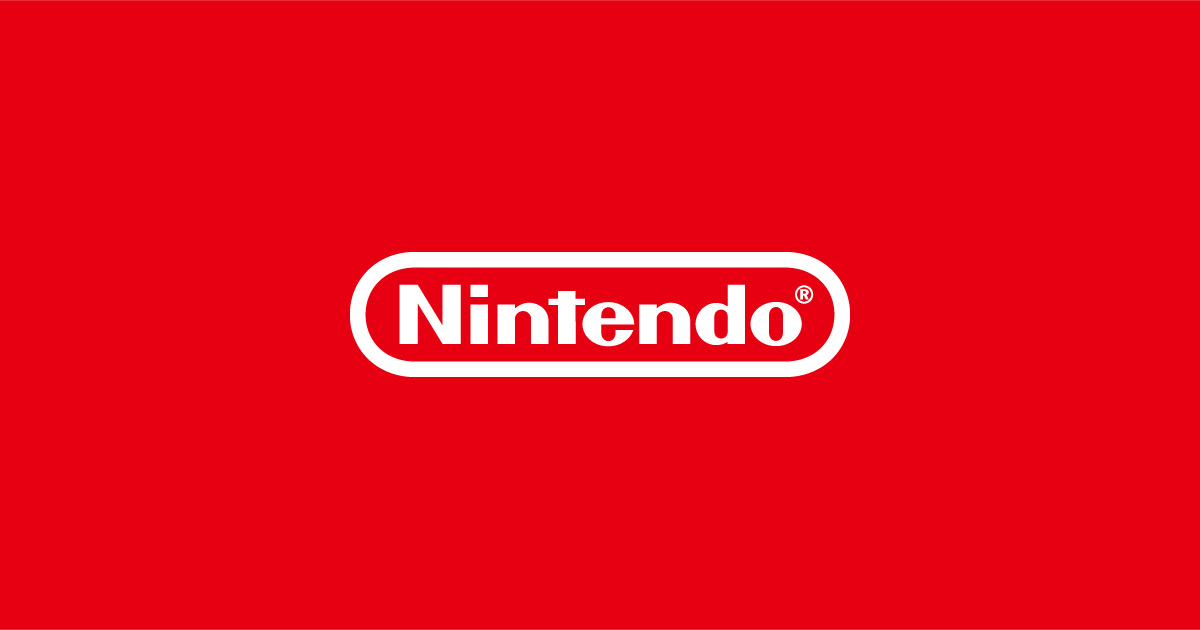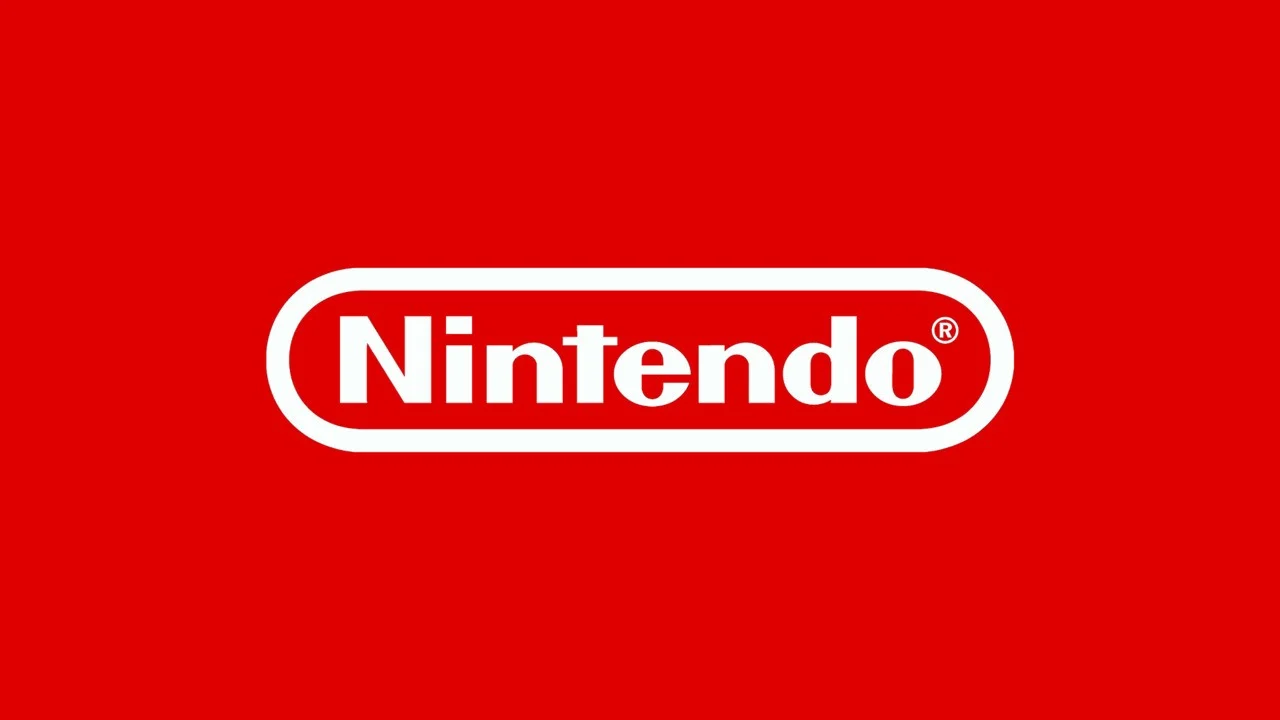Mirage: Ignis Fatuus Review – A Clever Puzzle Adventure on Nintendo Switch
Entry information
Published on: May 22, 2025
Description
Mirage: Ignis Fatuus brings a refreshing puzzle experience to the Nintendo Switch, combining inventive gameplay mechanics with a thoughtfully woven narrative.
Developed for fans of spatial reasoning games, Mirage: Ignis Fatuus sets itself apart on the Nintendo eShop through its unique approach to storytelling within a classic puzzle framework.
The story centers on Kyuboy’d, a compellingly named character shaped as a rectangular prism.
Players are tasked with guiding Kyuboy’d through a series of fifty intricately designed levels, each environment presenting new challenges and pushing players’ spatial awareness to its limits.
What immediately stands out in Mirage: Ignis Fatuus is how it integrates story progression with gameplay.
The initial level serves as a straightforward tutorial, introducing Kyuboy’d at home before he embarks on his daily journey.
As players advance, levels transition from cityscapes to office environments, all while teaching essential mechanics—such as avoiding obstacles and strategic movement.
Upon arriving at Kyuboy’d’s workplace, the narrative deepens: fellow shapes are vanishing due to a critical shortage of liquid Mana.
Discovering his particular skills as a Mana engineer, Kyuboy’d embarks on a mission to restore balance.
With each level, the objective remains clear—navigate to the checkered endpoint.
Simplicity in the goal design ensures accessibility, but the increasingly complex pathways require careful movement and planning.
As Kyuboy’d, players must tip and roll the prism across narrow bridges and winding paths, utilizing only specific rotations to progress, reminiscent of the precision seen in genre staples.
A distinct feature of Mirage: Ignis Fatuus is the ability to rotate the game’s perspective.
This design choice enhances the core mechanics by allowing players to view levels from new angles, revealing hidden connections or alternative paths.
Echoing the mind-bending illusions of Penrose stairs, this technique adds a near-architectural layer of challenge and creativity to each puzzle.
The absence of punitive systems—such as life loss—encourages experimentation.
Players can retry puzzles without penalty, fostering a welcoming environment for both novice and experienced puzzle enthusiasts.
Nevertheless, the lack of a dedicated hint or level-skip function means that some players may face repeated setbacks, particularly in more challenging stages.
While this might lead to moments of frustration, the reward of solving a difficult puzzle after several attempts is deeply satisfying.
Mirage: Ignis Fatuus promotes replayability by tracking both completion time and move count for every stage, urging players to optimize their solutions and set personal bests.
However, a more robust ranking or leaderboard system could further engage the competitive community.
The game’s music features upbeat, catchy tunes that, although enjoyable, may loop noticeably during extended play sessions.
Visually, blocky, colorful sprites lend a distinctive charm, with changes in scenery—from bustling cities to mana-rich pink zones and snowy fields—keeping the adventure visually fresh.
Environmental mechanics, like collecting objects to fill gaps or trigger switches, introduce strategic depth and keep players thinking beyond just the spatial component.
In summary, Mirage: Ignis Fatuus is a standout indie puzzle title on the Nintendo Switch, praised for its clever level design, integrated narrative, and endearing visual style.
While the addition of a hint system or expanded replay incentives could enhance the experience, it remains a rewarding challenge for fans of the genre searching for innovation on the Nintendo eShop.
Nintendo Switch Nintendo Switch Mirage Ignis Fatuus Nintendo eShop






